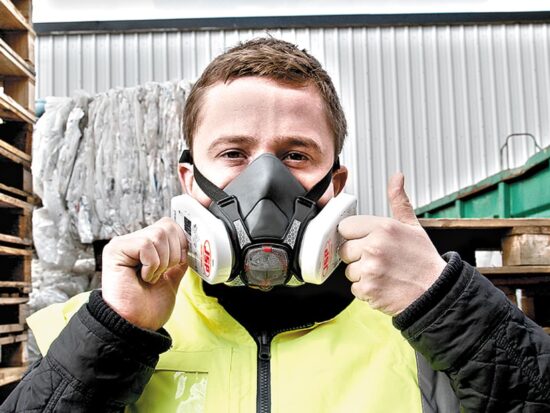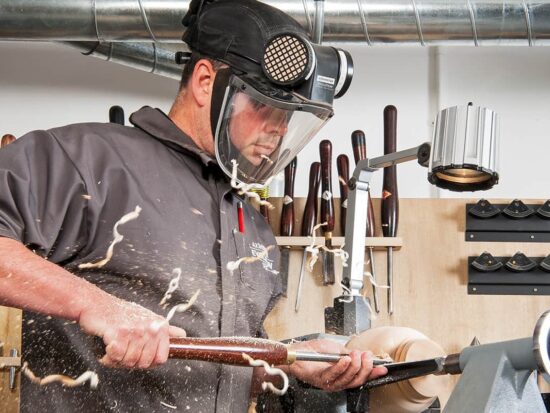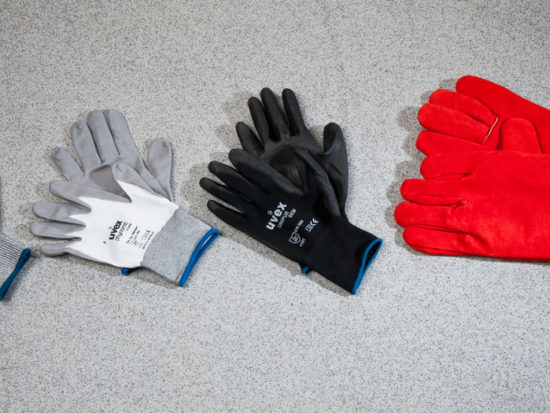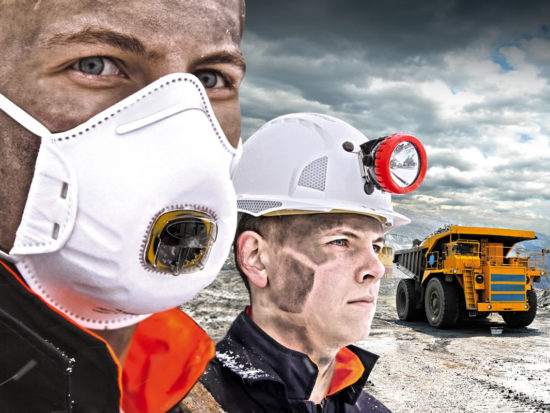Ear Protection Guide
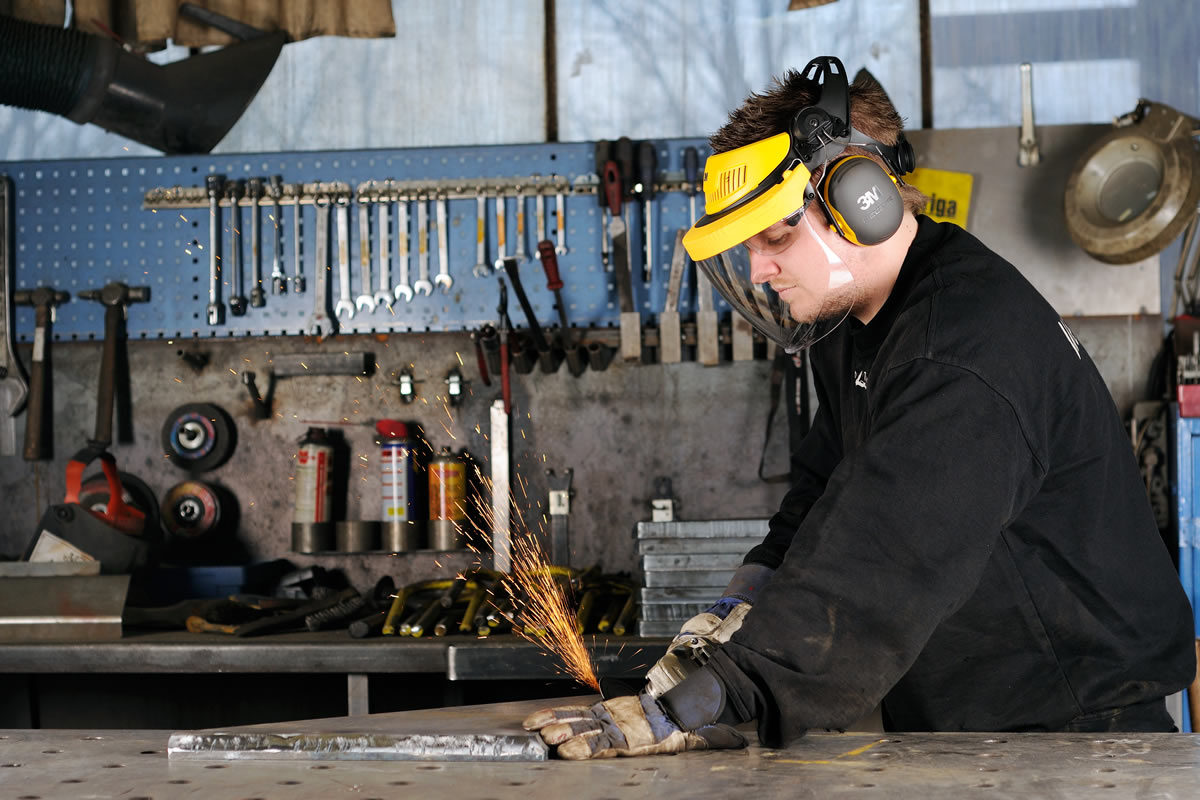
Depending on how you need to protect your ears we can offer solutions from foam plugs to professional defenders.
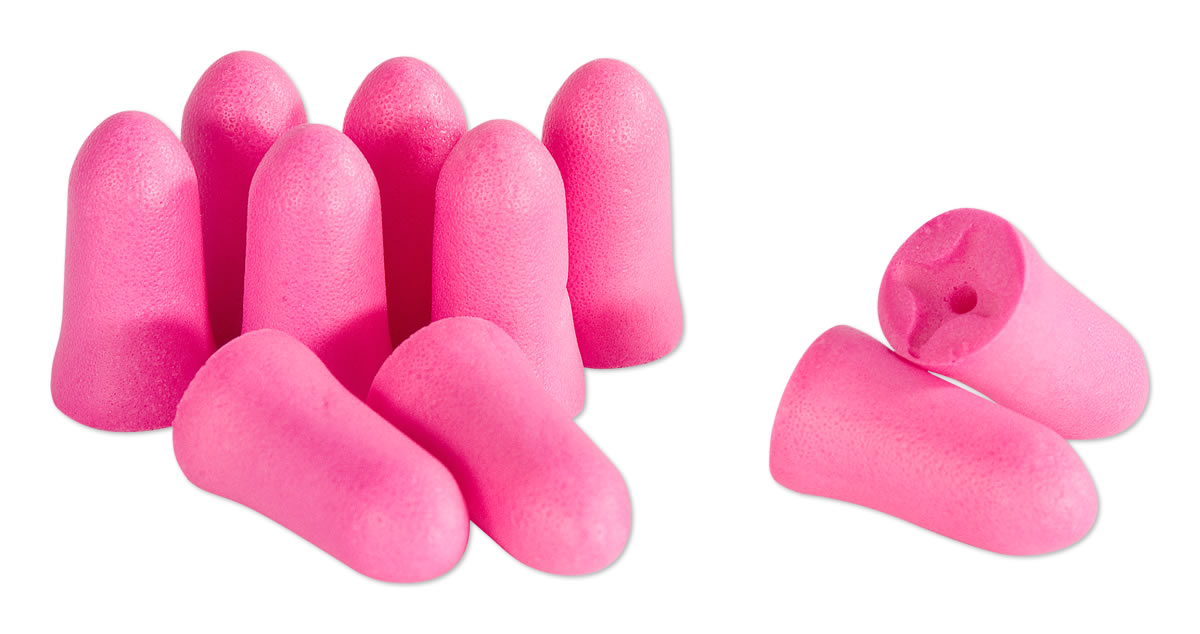
Noise induced hearing damage is preventable but irreversible once it has occurred. Noise reduction is one area where "overkill" is not the best policy. Reducing the noise level by too much can lead to isolation and unwillingness to wear the muffs.

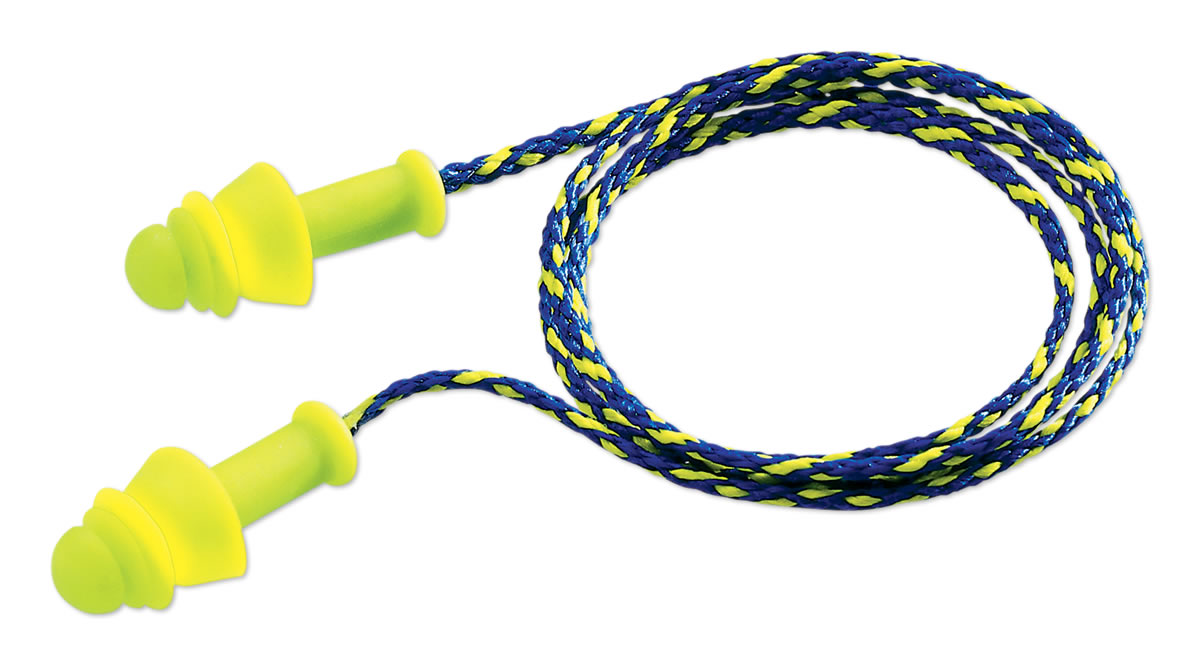
Several factors influence product selection:
Personal preference - do you prefer muffs or ear plugs?
Noise reduction required - what is the current noise level?
Environment - would a "push to listen" feature be useful
Other PPE - do you have to wear a face mask or hard hat?
How is noise measured?
Noise is measured in decibels (dB). Where average noise levels are being referred to then often dB(A) will be used, where it is peak or explosive noises being referred to then dB(C) can be used.
Because of the way our ears work you may only just notice a 3dB change in noise level, however a 3dB increase doubles the noise energy, so small numbers do not necessarily mean small differences.
Noise attenuation is the level by which noise is reduced not the level it is reduced to i.e. in an average noise environment of 105dB wearing protection with a noise attenuation level of 27dB will bring the noise level reaching your ears to 78dB.
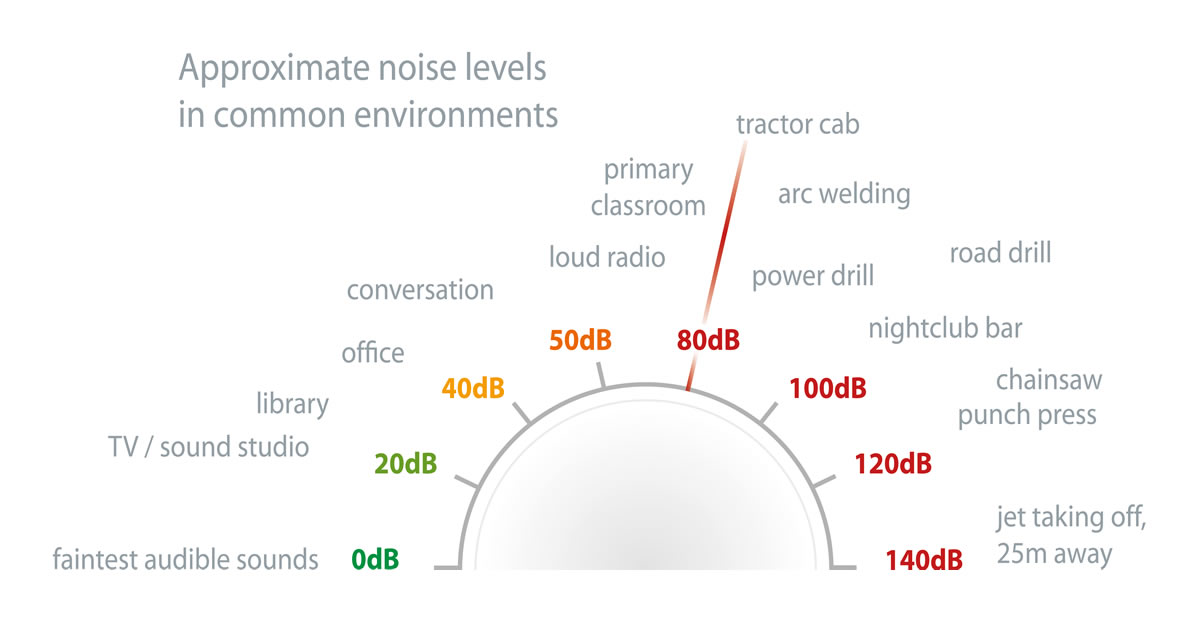
When do I need to protect my ears?
The Noise Regulations 2005 require you to take action when either the average or peak noise levels reach certain values. At 80dB (average level) it is advisable to wear hearing protection, at 85dB it is compulsory. Likewise at a peak sound pressure of 135dB it is advisable whilst at 137dB it is compulsory.
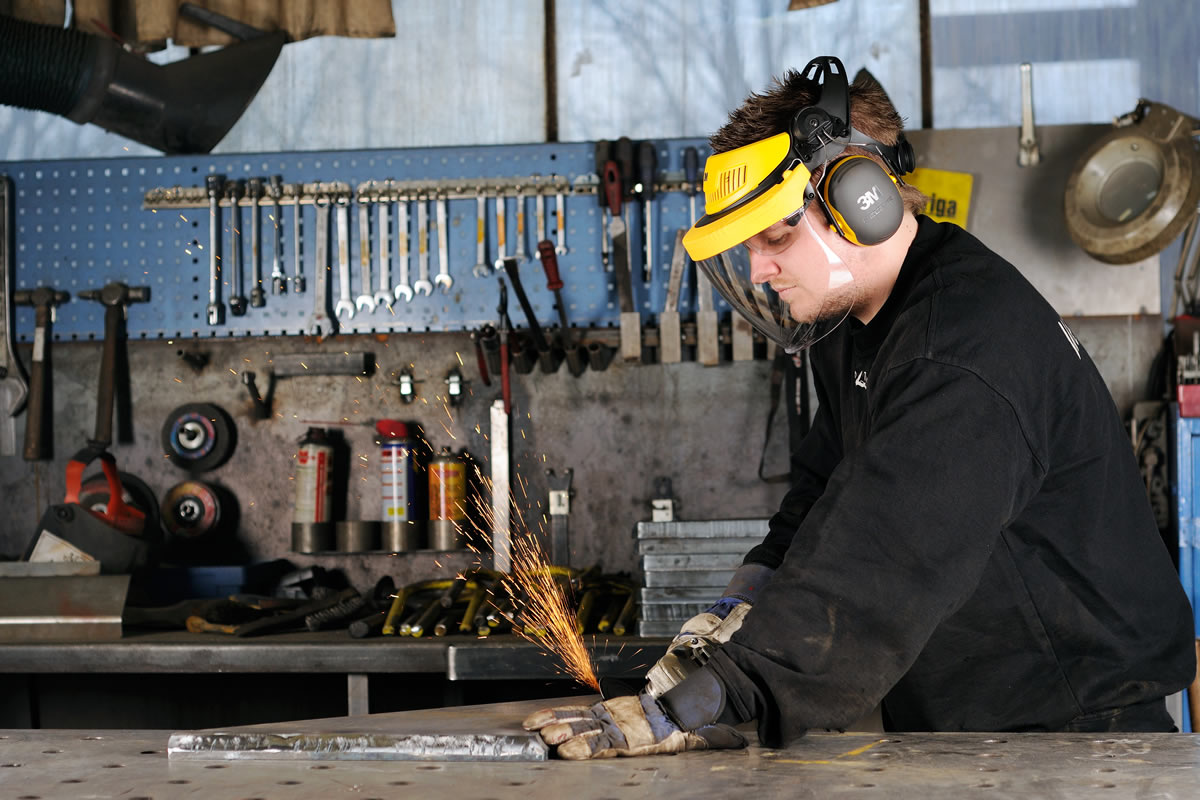
Personal Protective Equipment (PPE) should really only be used as a last resort. Ideally the hazard should be controlled at source. Where this is not possible it is essential that the correct level of protection should be selected, bearing in mind the hazard, the length of exposure and the working environment. Many of these have criteria laid down by the HSE. Our guides are only an aid to selection; for full guidance on approved products we would advise that you consult the appropriate code of practice issued by the HSE.



